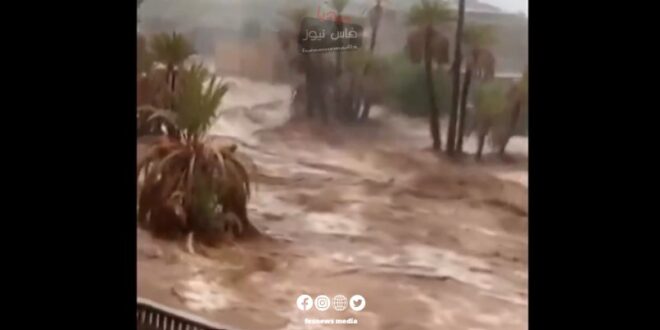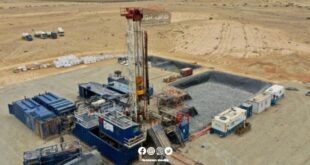The city of Taznakht, located in the Zagora province in southeastern Morocco, has experienced heavy rains leading to the most severe floods in the region’s history. Rainfall levels reached up to 150 mm, causing widespread flooding in the area.
Impact of the Floods: The waters completely submerged Taznakht’s streets, paralyzing traffic and activity in the city. Numerous homes and infrastructure suffered significant damage due to rising water levels, necessitating the intervention of rescue teams. In a swift response to the crisis, local authorities implemented emergency measures to assist those affected and secure the most impacted areas.
Climatic Context: The Zagora province is characterized by a desert climate with very low and irregular rainfall, typically not exceeding 100 mm annually. When rare rain events occur, they are often intense and can cause sudden floods in the wadis, posing a threat to local residents. Experts fear that global warming could increase the frequency and intensity of these extreme weather events in the region.
The Taznakht floods highlight the vulnerability of arid zones in the face of these climatic hazards. They also emphasize the importance of strengthening the resilience of local communities and improving disaster risk management in these fragile territories.
It’s worth noting that these events occur in the context of global climate change, with many regions around the world experiencing increasingly extreme weather phenomena. This incident underscores the urgent need to take action to adapt to climate changes and mitigate their effects, especially in areas most vulnerable to natural hazards.
In conclusion, attention remains focused on efforts to rehabilitate affected areas and provide assistance to local residents, with hope for developing more effective strategies to deal with such natural disasters in the future.
 فاس نيوز ميديا جريدة الكترونية جهوية تعنى بشؤون و أخبار جهة فاس مكناس – متجددة على مدار الساعة
فاس نيوز ميديا جريدة الكترونية جهوية تعنى بشؤون و أخبار جهة فاس مكناس – متجددة على مدار الساعة













